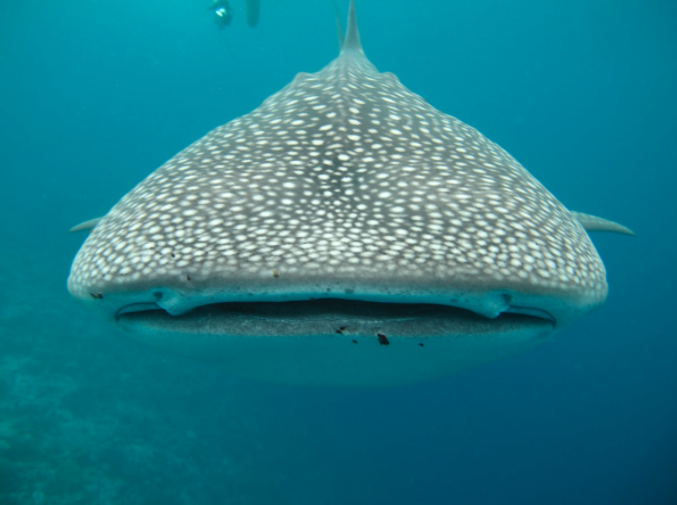Typically, sharks are thought to be one of the fiercest predators of the ocean since the time of the dinosaurs. However, angel sharks remained a unique species due to developing flattened bodies through the course of evolution, becoming more like stingrays.

Instead of going on hunts as other shark species do, angel sharks have settled to living at the bottom of the oceans where they hide in the sediment. They are labeled as ambush predators as they patiently wait for their prey.
While other shark species have powerful jaws and sharp teeth, angel sharks have large mouths which create intense suction for feeding. Although they highly resemble stingrays and skates physically, angel sharks can be distinguished by their pectoral fins.
Fossil records date the existence of angel sharks back to the Late Jurassic period about 160 million years ago. In a recent study, researchers from the University of Vienna analyzed the evolutionary trends of the angel shark's body shape, especially its neurocranium, or the upper and back parts of the skull.
Angel Sharks Evolving
Evolution is essential for all living species - changing and adapting for survival. In general, as species evolve, they become better suited for the environment.
With the shark species having flattened bodies for millions of years, it indicates the similar lifestyle of their extinct, ancient relatives - proof of a successful lifestyle. Yet, most angel sharks remain threatened species around the world today.
The team speculated that their low diversity might be due to their particular body shape. Comparing the skulls of extinct species and present-day angel sharks, the team analyzed X-rays and computed tomography (CT) scans using geometric and morphometric approaches. Using these methods allowed the team to compare the evolution of body shapes.
The images revealed that angel sharks from the Late Jurassic period had a different external shape while today's species had a lower variation. Faviel Lopez-Romero explained that species recognition is sometimes problematic because 'many of the living species are difficult to identify based on their skeletal anatomy and shape.
Lopez-Romero's team took note of similarities between individual parts of the skull of the modern-day and extinct species, showing how the neurocranium has evolved over millions of years. Changes in the skull structure over time affected the external appearance of the sharks over time.
Read Also: Walking Sharks Are Evolved by Speciation When Extraneous Conditions Like Isolation Create Mutations
Risk of Extinction
Jurgen Kriwet said that various parts of the skull integrating and becoming 'individual, highly interdependent modules' results in limitations when evolving into different forms, 'but at the same time increases the ability to successfully adapt to specific environmental conditions.'
With the angel shark species, the development of various species around the world had to adapt to geographical isolation. Kriwet also said that 'modular integration' meant the species and other Elasmobranchii (marine predators) 'are no longer able to react quickly to environmental changes, which increases their risk of extinction.'
Read Also: How Modern Whales Swim is Linked to the Skeleton of Extinct Dolphin
© 2025 ScienceTimes.com All rights reserved. Do not reproduce without permission. The window to the world of Science Times.












